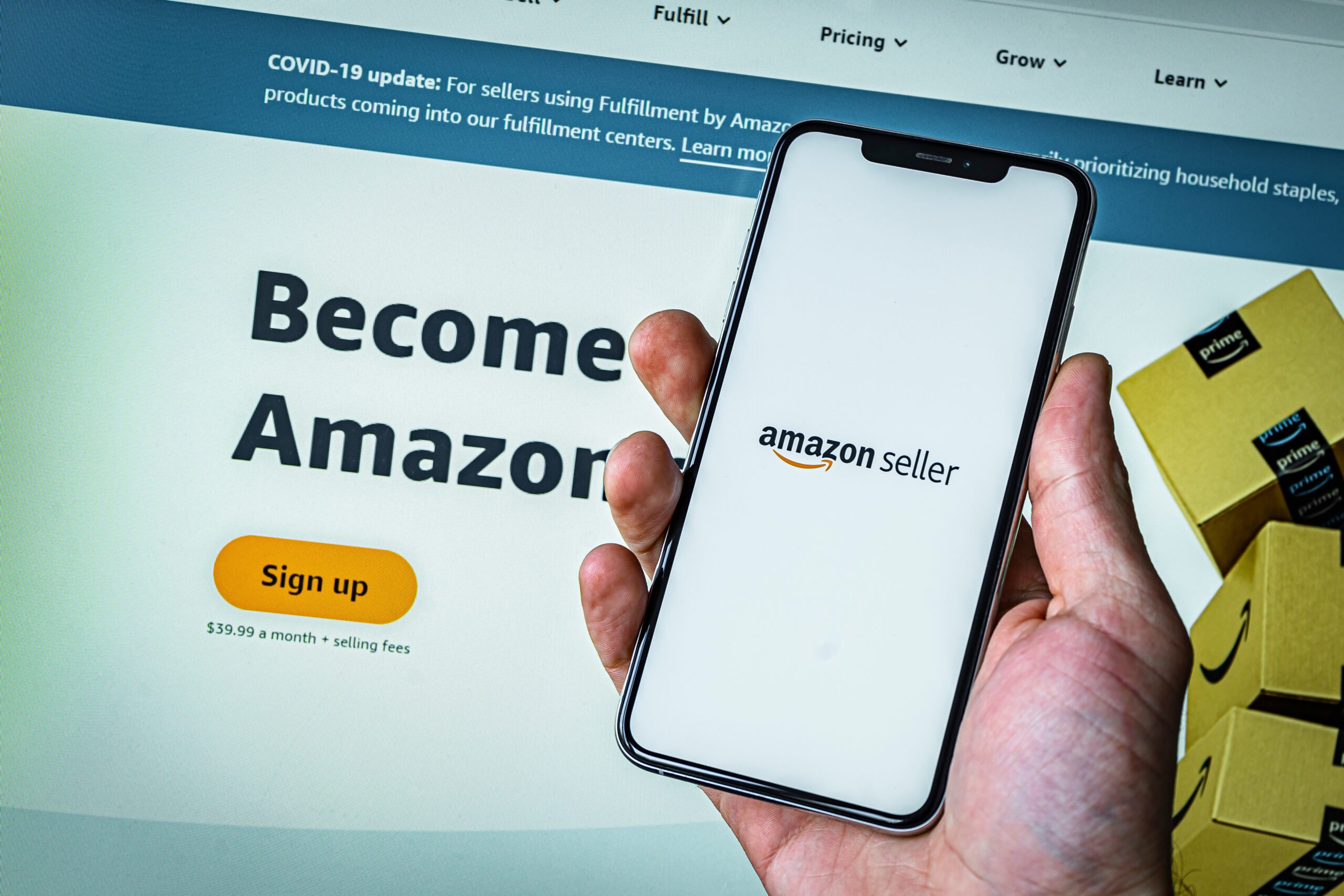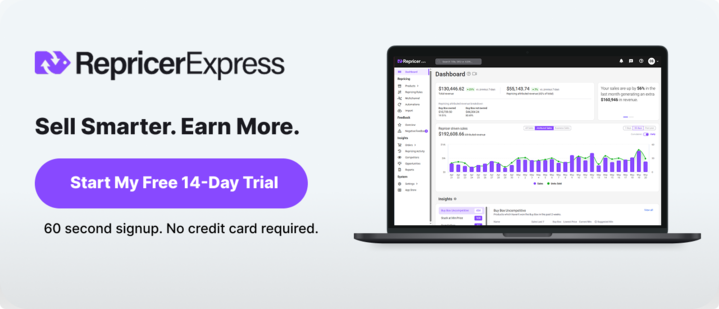Running an Amazon business can be exciting, but we have it on good authority that there’s a question that keeps sellers awake at night (or restless and pondering, at the very least): How can you manage inventory without losing time or money? The answer lies in smart inventory management practices that balance supply, demand, and costs. With that in mind (and because we love to be as helpful as possible), let’s take a look at how small Amazon sellers can streamline operations, boost cash flow, and keep customers happy (and coming back for more).
Why Amazon Inventory Management Matters
Good inventory management means you will always have the right products available, without tying up too much capital. Poor planning – on the other hand – can lead to stockouts, excess storage fees, and missed opportunities. Which we really don’t want.
And if you’re wondering how much of an effect this will actually have on your selling powers, you should know that Amazon penalizes out-of-stock listings with lower rankings, even after restocking, according to adbrew.
How Do You Track Amazon Demand Accurately?
The first step is understanding how quickly products sell. To do that, look at past sales data and consider external factors like promotions or holidays.
- Review sales reports weekly
- Forecast using historical trends
- Adjust based on marketing campaigns
How to Avoid Common Amazon Inventory Pitfalls
Small sellers often make the mistake of ordering too much or too little.
- Overstocking: Ties up cash and increases storage fees
- Understocking: Leads to lost sales and lower rankings
- Ignoring lead times: Causes delays and shortages
Why Should You Use Amazon Automation Tools?
Manual tracking takes too much time and leaves room for errors. Automation software can sync your sales and inventory in real time.
Automated inventory tools help reduce costs (including storage costs, it’s worth remembering) by optimizing stock levels, which helps you avoid overstocking (or indeed understocking, which is equally painful).
Plan Ahead for Seasonality
Certain products sell faster during holidays or peak shopping periods. Which is why smart planning prevents last-minute scrambles (we’re talking months in advance here, not weeks, just to be clear).
- Identify your busiest sales months
- Stock up early for Prime Day, Black Friday, and Christmas
- Use conservative estimates for non-peak seasons
How Do You Optimize Storage and Fulfillment on Amazon?
Decide whether Fulfillment by Amazon (FBA) or Fulfilled by Merchant (FBM) works best for your business.
- FBA offers convenience but charges storage and fulfillment fees
- FBM provides flexibility and control over stock levels
- Many sellers benefit from using a mix of both
Monitor Key Metrics
Stay on top of performance by reviewing these indicators:
- Sell-through rate
- Inventory turnover ratio
- Days of stock left
- Excess units and aging inventory
A Quick Summary and Next Steps
Small Amazon sellers can maximize profits and minimize stress by adopting smarter inventory practices. Accurate forecasting, avoiding common mistakes, leveraging automation, and planning for seasonal shifts make a big difference.
Next steps:
- Review your current sales and inventory reports
- Test automation tools for tracking and forecasting
- Adjust your storage and fulfillment strategies
Ready to simplify your inventory management and maximize your profits? Book a Demo today and see how Repricer Express can help.
FAQs
How can I prevent stockouts?
Track sales trends, set reorder alerts, and plan ahead for high-demand periods.
What’s the best way to avoid overstocking?
Base purchases on accurate forecasts and avoid buying large amounts of unproven products.
Is FBA or FBM better for inventory control?
It depends on your business. FBA is convenient but can be costly. FBM gives more control but requires more resources. Many sellers use a mix.
How often should I check inventory levels?
At least weekly, though daily checks are ideal during peak seasons.



